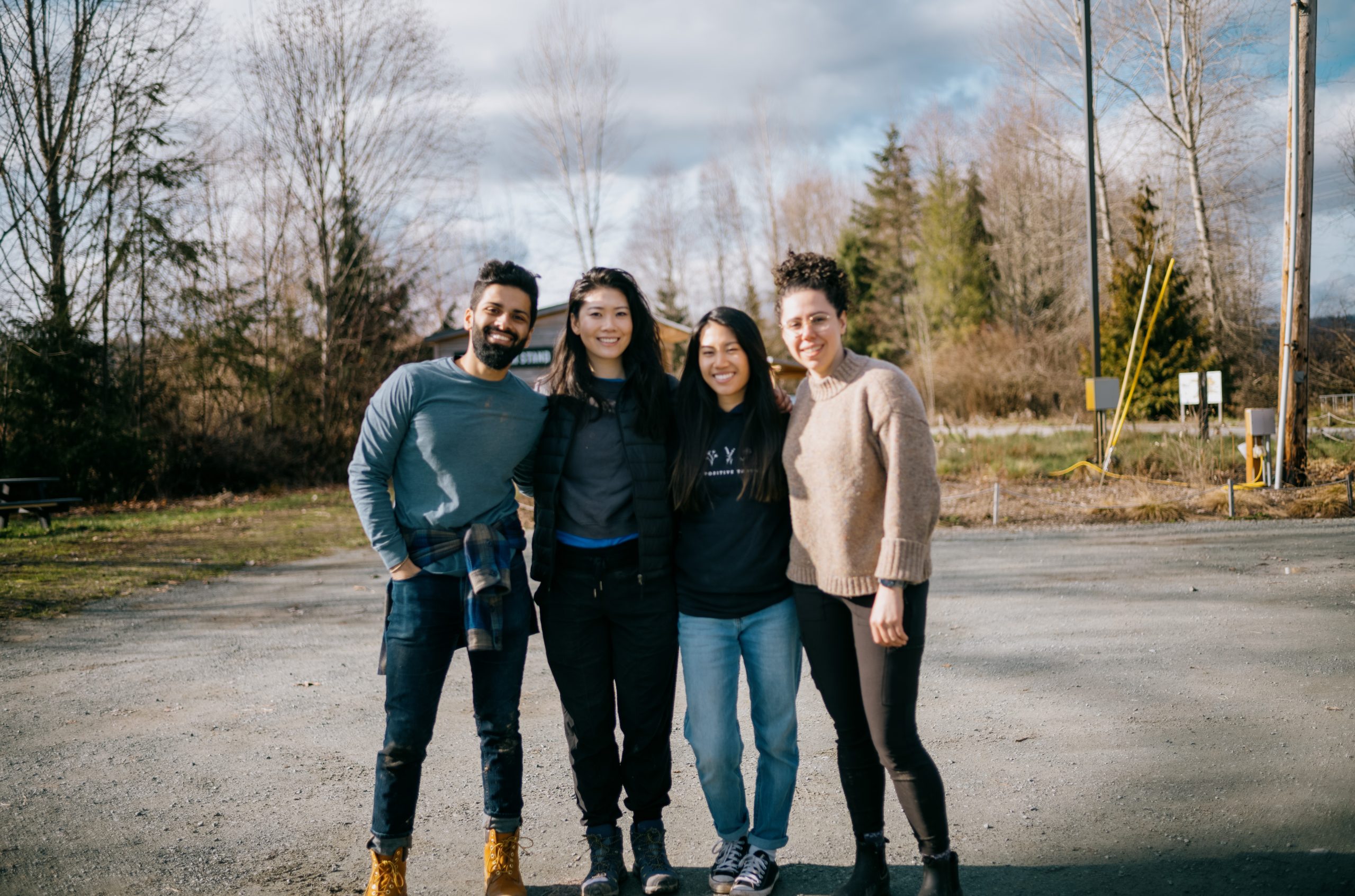Food Futures
This speculative design project explores the complex intersection of food production, distribution, and environmental stewardship through a transition design and service design approach. We aim to explore how we can design a service that transitions our current food system towards one that reduces environmental impact and deepens consumer connection to the land where our food comes from.
This is the capstone project for my MS in HCDE, and is currently ongoing. Please check back in June to see the final outcome!
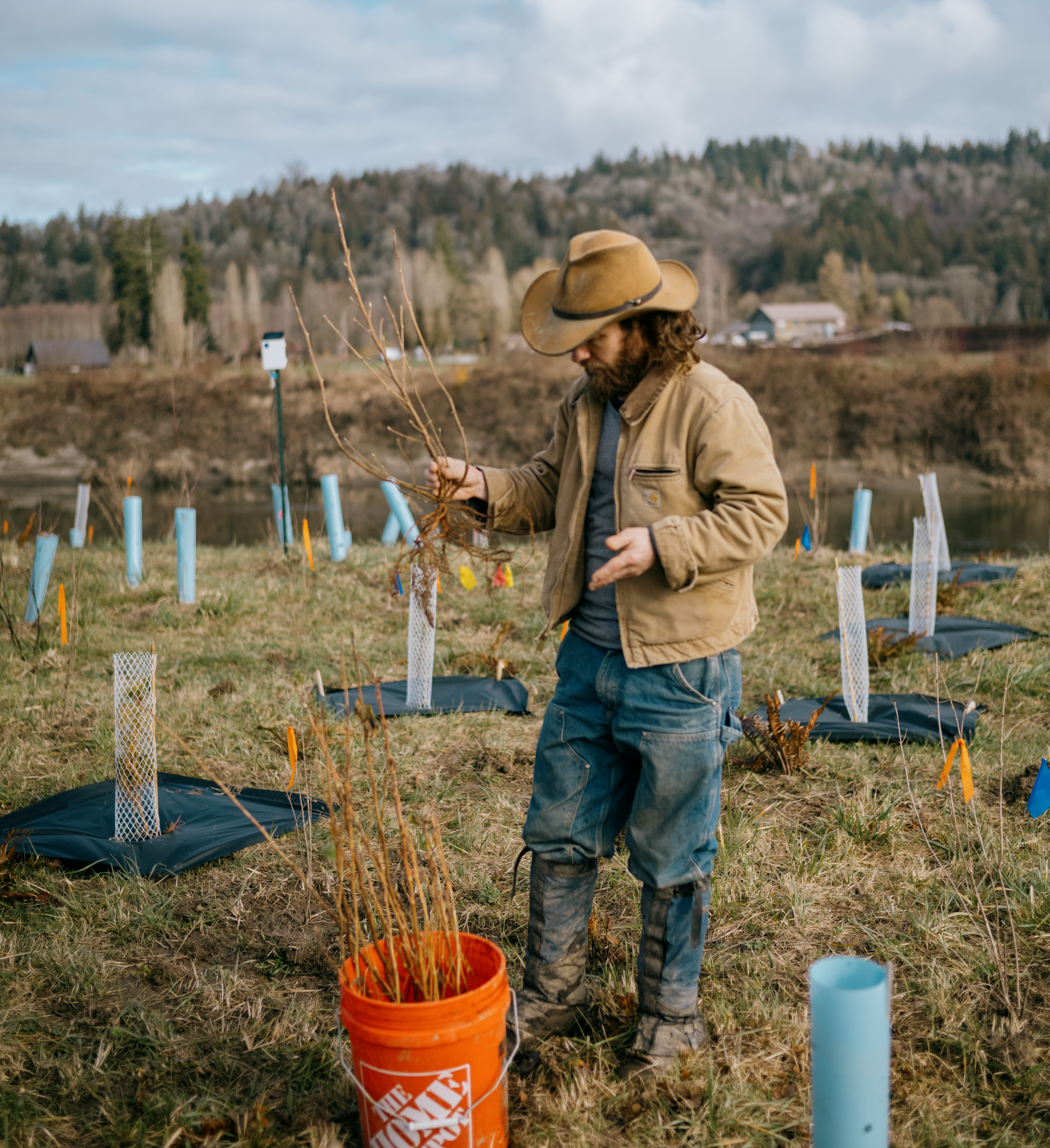
Overview
Skills
Service Design, Transition Design, Design Research
Core Team
I was one of four designers
Introduction
Current mainstream farming practices, food distribution, and consumption models are placing an excessive strain on the environment, with food waste in the United States estimated to be between 30-40%, according to the U.S. Department of Agriculture. This scale of waste has far-reaching impacts on water, land, energy, and other limited resources.
Our project, undertaken through a transition design and service design approach, seeks to explore the complex problem space of food waste, climate-smart agriculture, and environmental stewardship through the lens of small- and mid-sized farmers and everyday consumers. By doing so, we aim to identify interventions that can help reduce the environmental impact of the food system while deepening consumer connections to the land and farmers that produce our food.
This project is a collaborative effort between four designers and design researchers in the MS in Human Centered Design and Engineering program at the University of Washington. Our work represents the culmination of our Master's Degree studies, and showcases the depth of our knowledge and expertise in tackling complex design challenges in service of a more sustainable and equitable future.
Research
To gain insights into our product domain area, we created a research plan that employed a mixed-methods approach to learn directly from subject-matter experts (SMEs) in farming and food distribution, as well as from individual consumers. We conducted one secondary research method and four primary research methods.
Literature Review
We conducted a thorough review of existing literature and work related to food and farming system to gather high-level understanding of the food waste problem, agricultural practices, and economic perspectives.
SME Interviews
We interviewed SMEs across the food value chain, including farmers, soil experts, distributors, conservationists, and food activists, to understand current practices in the food value chain and shed light on what is working or not working. For each interview, we created a summary card for quick reference and to help with synthesis. (n=15)
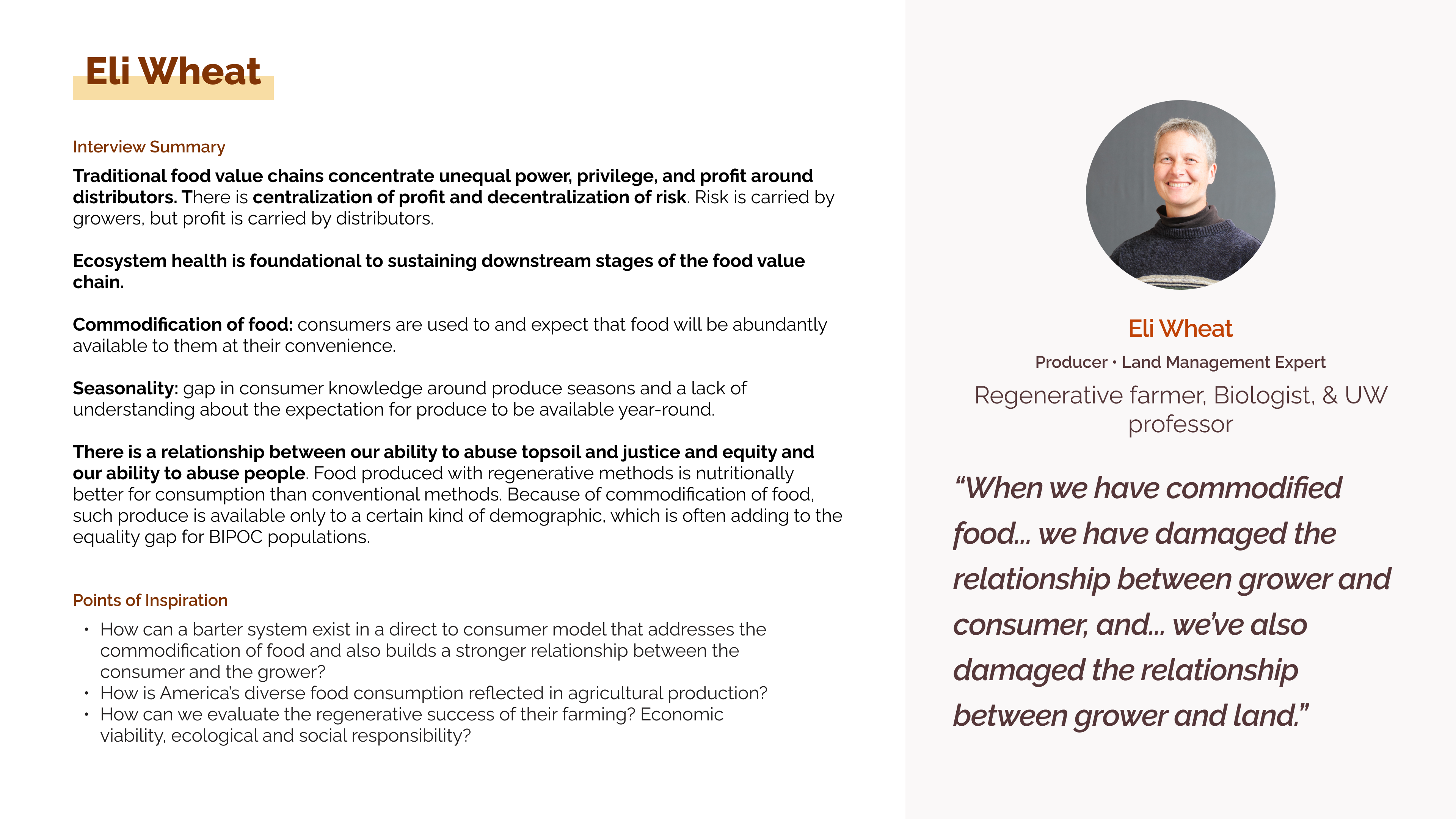
Field Research
To gain practical knowledge through hands-on experience, we conducted contextual inquiry with farmers to learn firsthand about their practices, challenges, and opportunities, while building empathy for their current situation. We participated in volunteer days at Oxbow Farm & Conservation Center and the UW Farm. (n=2)
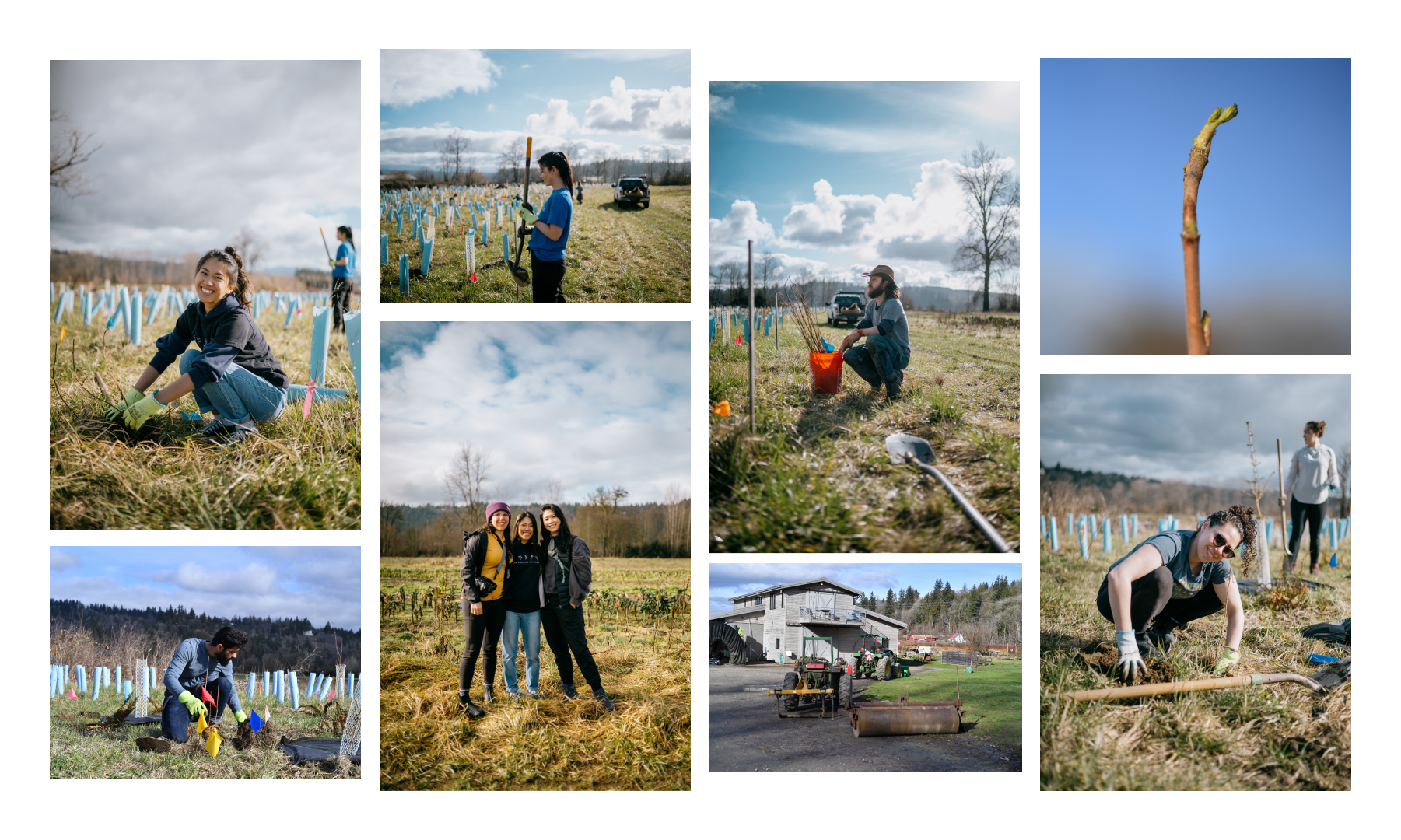
Consumer Survey
To round out our research with consumer perspectives, we launched an online survey through Optimal Workshop to quantitatively learn about self-reported attitudes and behaviors towards food purchase, consumption, and disposal. (n=67)
Co-design Ideation
As we transitioned from research to design, we gathered a group of food growers and consumers together to brainstorm ideas for a more desirable future for the food value chain. In this session, we discussed current challenges in the food system, generated solutions to those challenges, engaged in a futures visioning exercise, and defined principles for an ideal food future. The outcomes of this session provided the basis for our transition vision and service concept ideation.
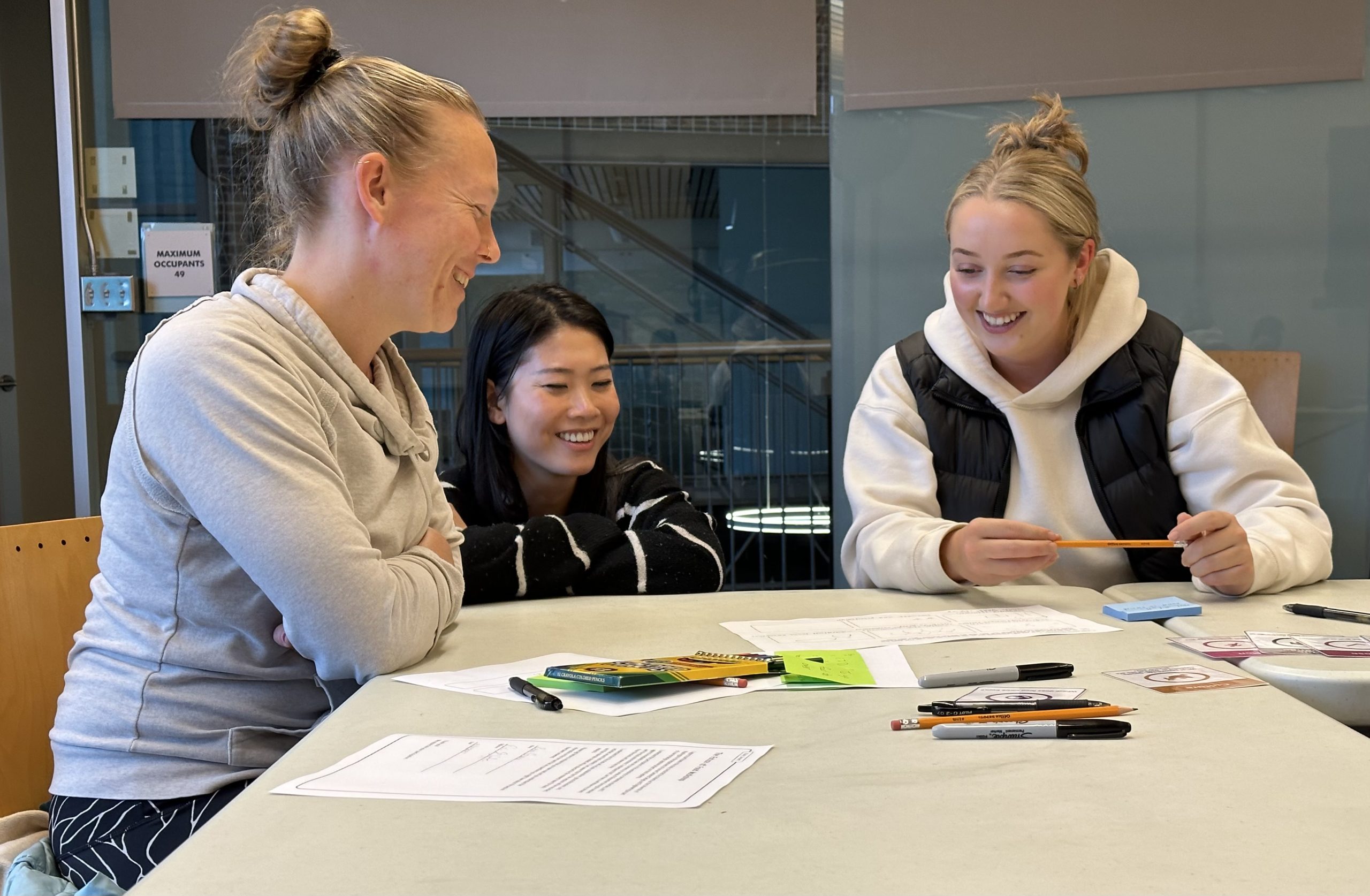
Findings
After conducting design research, the team synthesized the findings into several key themes. These themes allowed us to distill complex information into actionable insights and informed the scope of our service concepts.
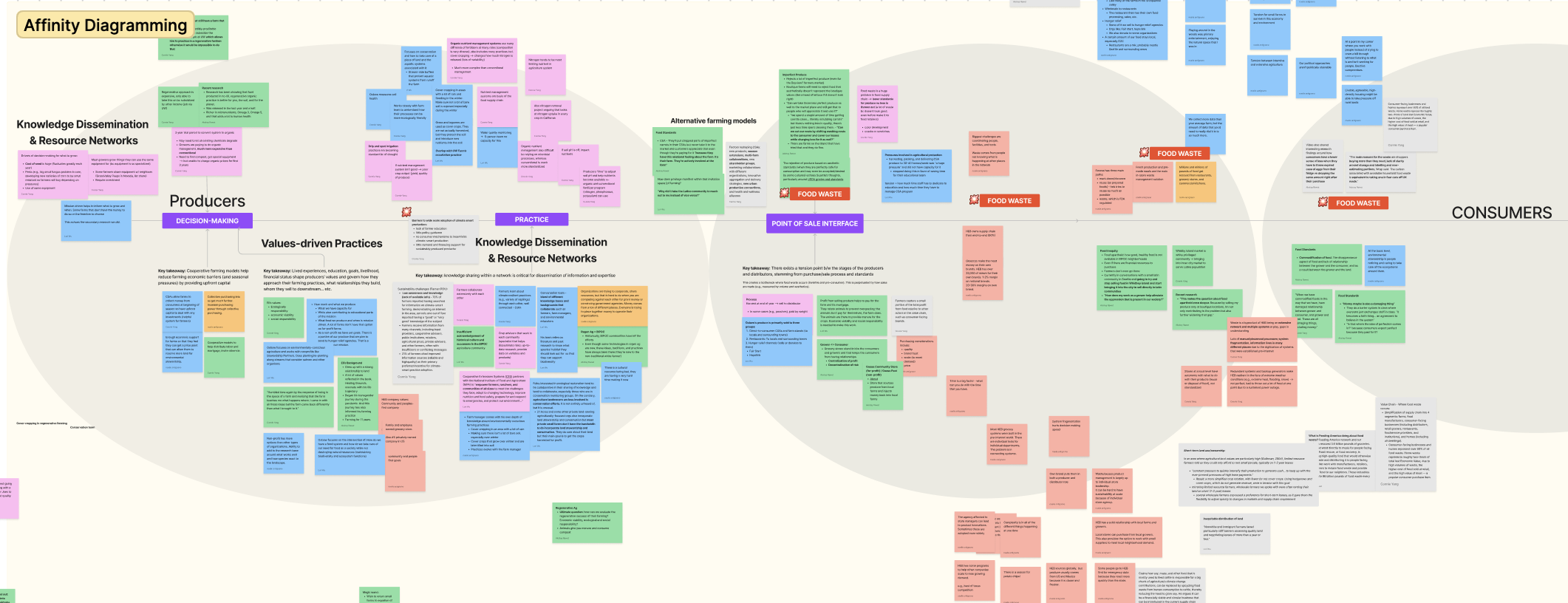
Over-commodification - The food value chain is over-capitalized and centred around chain grocery stores. This reduces profits for producers and increases costs for consumers.
Food Waste - The current food value chain wastes up to 1/3 of food intended for consumption, which has significant climate implications.
Soil Health - We are rapidly degrading topsoil and losing our ability to feed ourselves. This is impacting both human health and ecosystem health.
(Bio)diversity - The world is becoming increasingly homogenized in almost every way which has negative downstream effects in our ecosystems, culture, and society.
Food & Land Connection - Consumers often don’t know where their food comes from and don’t feel a connection with food they purchase.
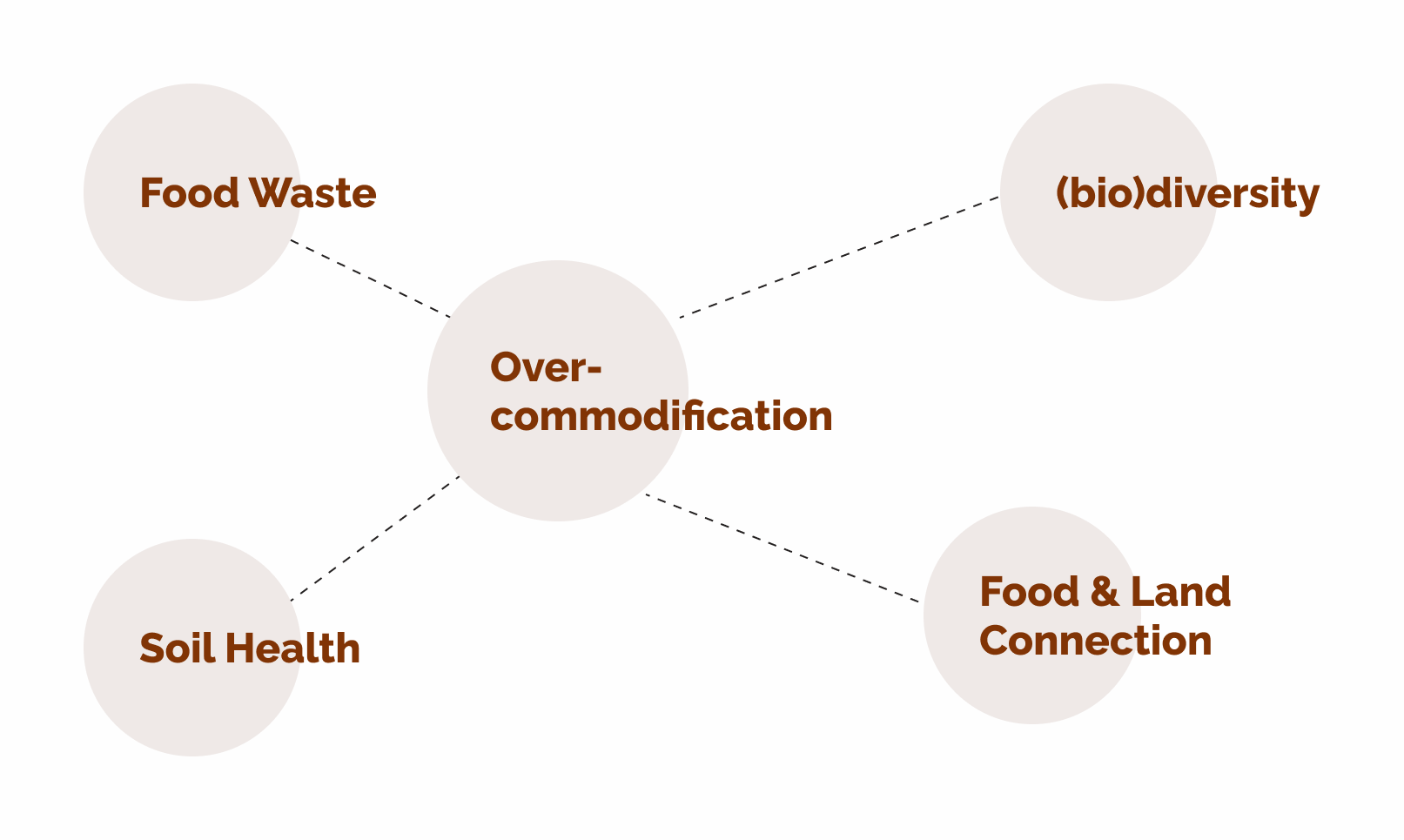
Mapping the System
Ecosystem Maps
Based on the findings from our primary research, I created two ecosystem maps representing the key phases, touchpoints, interactions, and needs for both producers and consumers. These maps helped us visualize and understand the intricate details that go into the seemingly simple process of growing, purchasing, and consuming food. By creating these ecosystem maps, we gained a more comprehensive understanding of the food system and were able to identify opportunities for innovation and improvement.
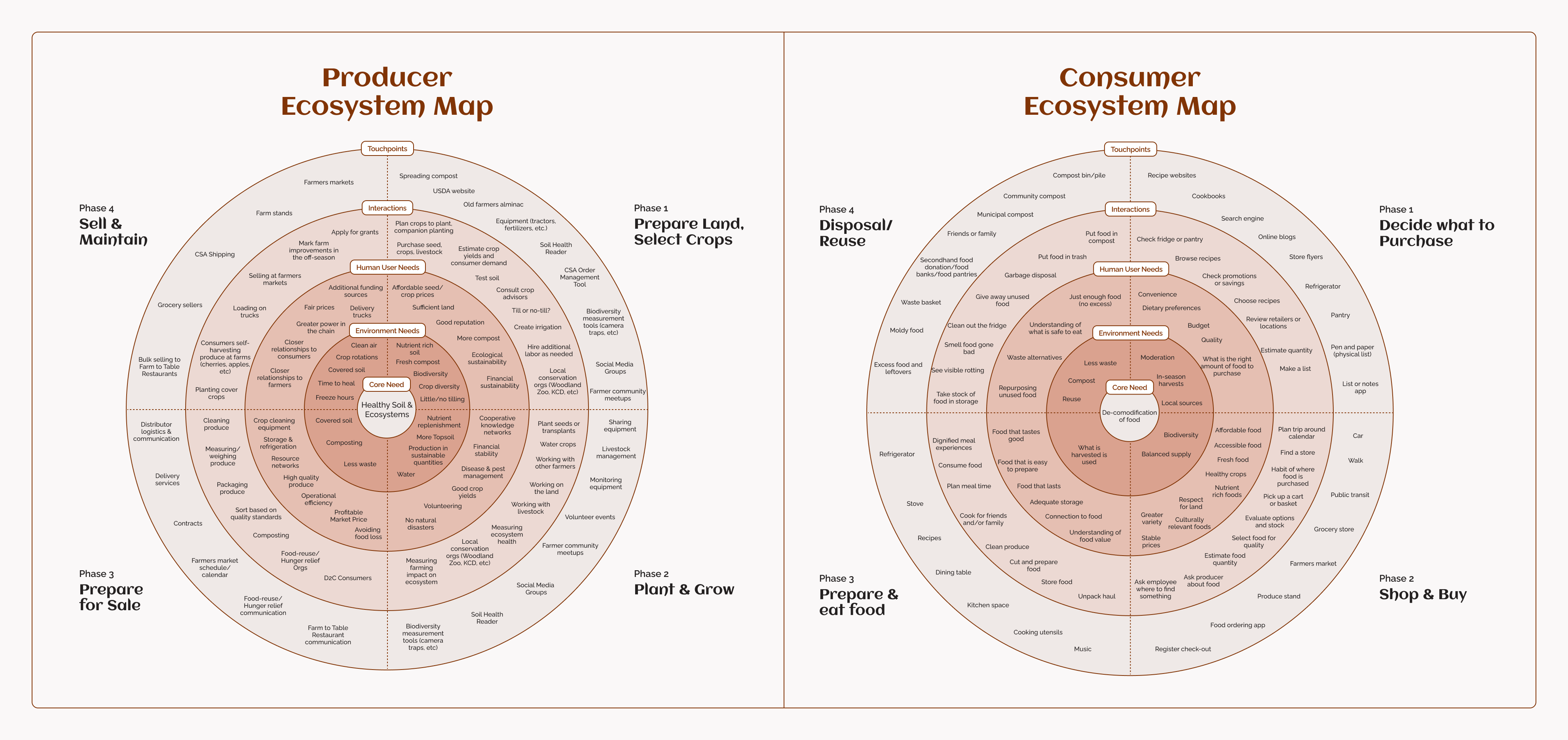
Rich Context Map
Given the complex interplay of additional forces influencing the food system, I created this rich context map to explore the relationship between existing and emerging structures. This map helped us identify possible intervention points to assist emerging initiatives in transitioning toward becoming mainstream structures.

Values & Design Principles
To ensure that our design solutions aligned with the needs and insights identified through our research and were optimized to meet the expectations and goals of our target users, we established the following values and design principles.
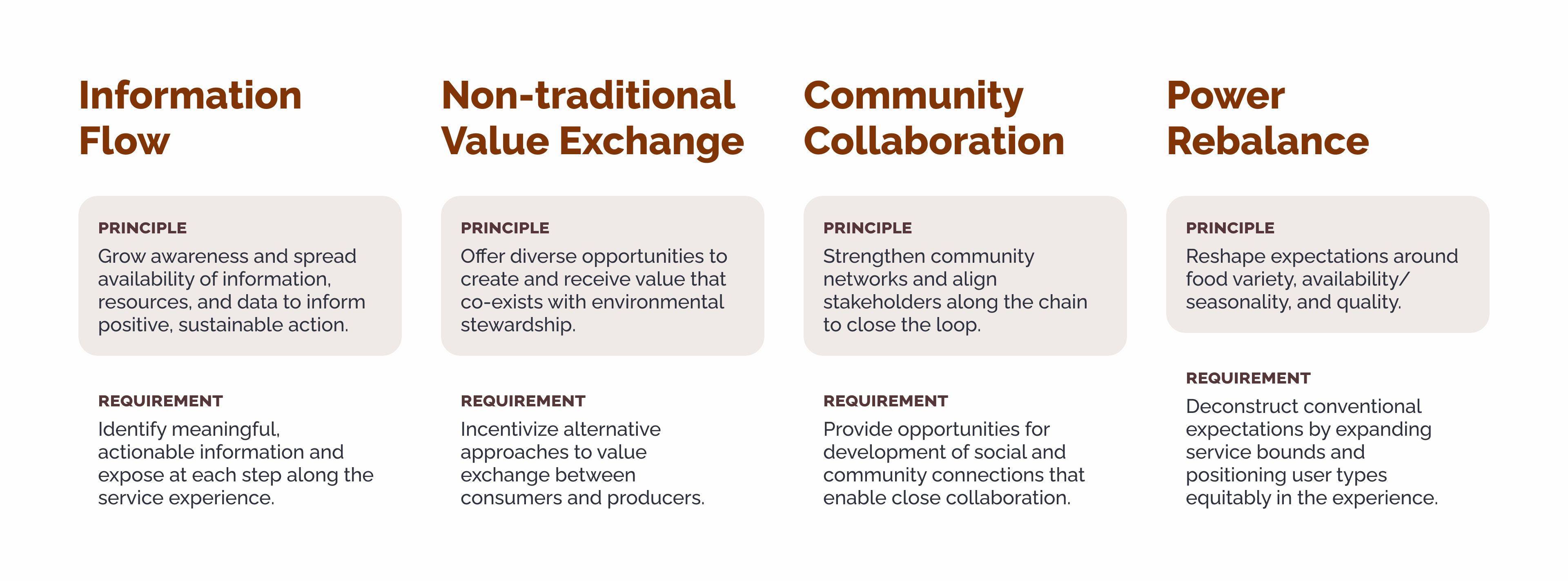
Next Steps
In the Spring Quarter we will kick off the design phase of this project. We are actively working on the creation of:
- A preferable future vision for the food value chain.
- The deisgn of a service that works towards transitioning to this preferable future.
- A prototype showcasing how this service concept would work.
- Future state journey maps and service blueprints of our design.
Please check back in June 2023 to see the final outcome!
